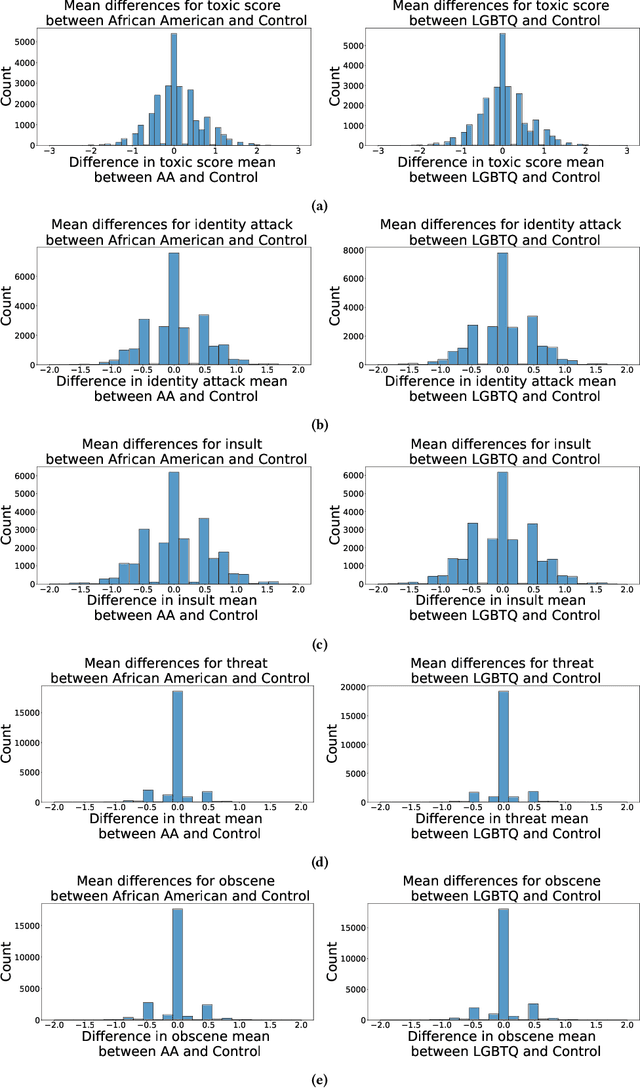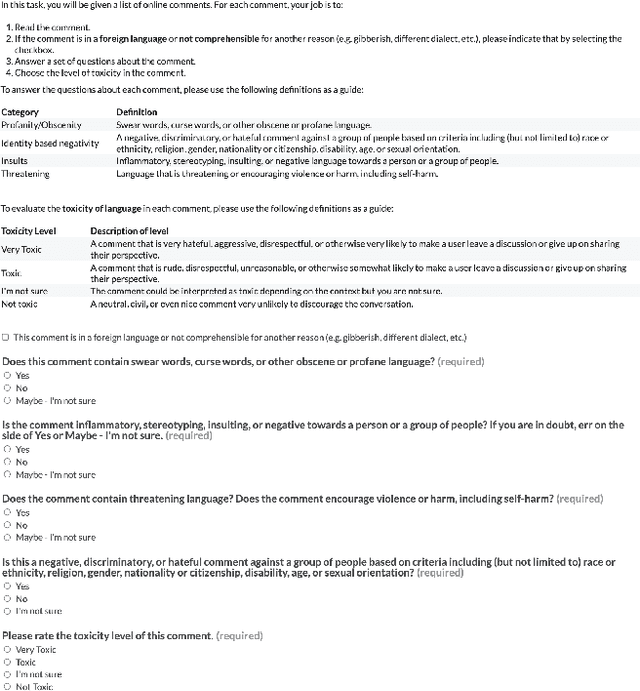Ian Kivlichan
Tony
OpenAI o1 System Card
Dec 21, 2024



Abstract:The o1 model series is trained with large-scale reinforcement learning to reason using chain of thought. These advanced reasoning capabilities provide new avenues for improving the safety and robustness of our models. In particular, our models can reason about our safety policies in context when responding to potentially unsafe prompts, through deliberative alignment. This leads to state-of-the-art performance on certain benchmarks for risks such as generating illicit advice, choosing stereotyped responses, and succumbing to known jailbreaks. Training models to incorporate a chain of thought before answering has the potential to unlock substantial benefits, while also increasing potential risks that stem from heightened intelligence. Our results underscore the need for building robust alignment methods, extensively stress-testing their efficacy, and maintaining meticulous risk management protocols. This report outlines the safety work carried out for the OpenAI o1 and OpenAI o1-mini models, including safety evaluations, external red teaming, and Preparedness Framework evaluations.
Rule Based Rewards for Language Model Safety
Nov 02, 2024Abstract:Reinforcement learning based fine-tuning of large language models (LLMs) on human preferences has been shown to enhance both their capabilities and safety behavior. However, in cases related to safety, without precise instructions to human annotators, the data collected may cause the model to become overly cautious, or to respond in an undesirable style, such as being judgmental. Additionally, as model capabilities and usage patterns evolve, there may be a costly need to add or relabel data to modify safety behavior. We propose a novel preference modeling approach that utilizes AI feedback and only requires a small amount of human data. Our method, Rule Based Rewards (RBR), uses a collection of rules for desired or undesired behaviors (e.g. refusals should not be judgmental) along with a LLM grader. In contrast to prior methods using AI feedback, our method uses fine-grained, composable, LLM-graded few-shot prompts as reward directly in RL training, resulting in greater control, accuracy and ease of updating. We show that RBRs are an effective training method, achieving an F1 score of 97.1, compared to a human-feedback baseline of 91.7, resulting in much higher safety-behavior accuracy through better balancing usefulness and safety.
GPT-4o System Card
Oct 25, 2024Abstract:GPT-4o is an autoregressive omni model that accepts as input any combination of text, audio, image, and video, and generates any combination of text, audio, and image outputs. It's trained end-to-end across text, vision, and audio, meaning all inputs and outputs are processed by the same neural network. GPT-4o can respond to audio inputs in as little as 232 milliseconds, with an average of 320 milliseconds, which is similar to human response time in conversation. It matches GPT-4 Turbo performance on text in English and code, with significant improvement on text in non-English languages, while also being much faster and 50\% cheaper in the API. GPT-4o is especially better at vision and audio understanding compared to existing models. In line with our commitment to building AI safely and consistent with our voluntary commitments to the White House, we are sharing the GPT-4o System Card, which includes our Preparedness Framework evaluations. In this System Card, we provide a detailed look at GPT-4o's capabilities, limitations, and safety evaluations across multiple categories, focusing on speech-to-speech while also evaluating text and image capabilities, and measures we've implemented to ensure the model is safe and aligned. We also include third-party assessments on dangerous capabilities, as well as discussion of potential societal impacts of GPT-4o's text and vision capabilities.
Modeling subjectivity (by Mimicking Annotator Annotation) in toxic comment identification across diverse communities
Nov 01, 2023Abstract:The prevalence and impact of toxic discussions online have made content moderation crucial.Automated systems can play a vital role in identifying toxicity, and reducing the reliance on human moderation.Nevertheless, identifying toxic comments for diverse communities continues to present challenges that are addressed in this paper.The two-part goal of this study is to(1)identify intuitive variances from annotator disagreement using quantitative analysis and (2)model the subjectivity of these viewpoints.To achieve our goal, we published a new dataset\footnote{\url{https://github.com/XXX}} with expert annotators' annotations and used two other public datasets to identify the subjectivity of toxicity.Then leveraging the Large Language Model(LLM),we evaluate the model's ability to mimic diverse viewpoints on toxicity by varying size of the training data and utilizing same set of annotators as the test set used during model training and a separate set of annotators as the test set.We conclude that subjectivity is evident across all annotator groups, demonstrating the shortcomings of majority-rule voting. Moving forward, subjective annotations should serve as ground truth labels for training models for domains like toxicity in diverse communities.
Is Your Toxicity My Toxicity? Exploring the Impact of Rater Identity on Toxicity Annotation
May 01, 2022



Abstract:Machine learning models are commonly used to detect toxicity in online conversations. These models are trained on datasets annotated by human raters. We explore how raters' self-described identities impact how they annotate toxicity in online comments. We first define the concept of specialized rater pools: rater pools formed based on raters' self-described identities, rather than at random. We formed three such rater pools for this study--specialized rater pools of raters from the U.S. who identify as African American, LGBTQ, and those who identify as neither. Each of these rater pools annotated the same set of comments, which contains many references to these identity groups. We found that rater identity is a statistically significant factor in how raters will annotate toxicity for identity-related annotations. Using preliminary content analysis, we examined the comments with the most disagreement between rater pools and found nuanced differences in the toxicity annotations. Next, we trained models on the annotations from each of the different rater pools, and compared the scores of these models on comments from several test sets. Finally, we discuss how using raters that self-identify with the subjects of comments can create more inclusive machine learning models, and provide more nuanced ratings than those by random raters.
Whose Ground Truth? Accounting for Individual and Collective Identities Underlying Dataset Annotation
Dec 08, 2021Abstract:Human annotations play a crucial role in machine learning (ML) research and development. However, the ethical considerations around the processes and decisions that go into building ML datasets has not received nearly enough attention. In this paper, we survey an array of literature that provides insights into ethical considerations around crowdsourced dataset annotation. We synthesize these insights, and lay out the challenges in this space along two layers: (1) who the annotator is, and how the annotators' lived experiences can impact their annotations, and (2) the relationship between the annotators and the crowdsourcing platforms and what that relationship affords them. Finally, we put forth a concrete set of recommendations and considerations for dataset developers at various stages of the ML data pipeline: task formulation, selection of annotators, platform and infrastructure choices, dataset analysis and evaluation, and dataset documentation and release.
 Add to Chrome
Add to Chrome Add to Firefox
Add to Firefox Add to Edge
Add to Edge